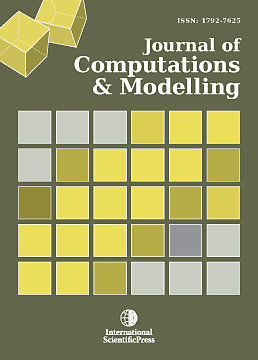Journal of Computations & Modelling
Low Observable Principles, Stealth Aircraft and Anti-Stealth Technologies
-
 [ Download ]
[ Download ]
- Times downloaded: 37366
-
Abstract
During the last decades, stealth technology has proven to be one of the most effective approaches as far as the endeavor to hide from radar systems is concerned. Especially for military aircraft, “stealth” or “low observable” technology has become ubiquitous: all new aircraft types are designed taking into account low observable principles and techniques, while existing jet fighters are considered for modification in order to reduce their radar signature. Low radar signature for a target means that it is detected and tracked at a shorter distance from a radar. However, low observable does not mean no observable, i.e., complete disappearance from the radar screens. Furthermore, stealthiness comes at a price. Apart from the development cost, stealth aircraft have higher flyaway cost and important maintenance costs, while they have significant operational limitations due to the specific aircraft shape imposed and materials used, and also due to the limited fuel and weapons, which have to be carried internally. Any pylon, tank, missile or pod carried externally increases the radar signature. Having realized the capabilities of stealth aircraft, many countries have been developing anti-stealth technologies. The following systems have been reported to be potential counter-stealth approaches: passive / multistatic radars, very low frequency radars, over-the-horizon radars and sensitive IR sensor systems. It is commonly accepted that the U.S. exhibit an important advantage on the stealth domain, while Russia and China are leading the anti-stealth effort, followed by other countries. This paper will begin by a brief history of the development of stealth aircraft and a short presentation of the most important stealth fighters of today. It will continue by exploring the basic concepts of low observable principles, mainly reduction of RCS – Radar Cross Section. Focusing on the F-35 stealth aircraft, there will be an attempt to calculate the expected detection ranges for a number of representative radar systems, taking into account an open-source estimation of the F-35 fuselage RCS. Finally, there will be a brief presentation of systems which are reported to have anti-stealth capabilities. Considering all such anti-stealth proposals, it will become evident that no system alone seems to be capable of providing adequate protection: a suitable combination of radar, sensors, weapon systems, tactical data links, as well as tactics, should be employed to effectively counter stealth threats.
